Introduction to HDPE Pipe Installation
Why Choose HDPE Pipes?
HDPE (High-Density Polyethylene) pipes have gained popularity due to their durability, flexibility, and resistance to corrosion. These qualities make them ideal for various applications, including water supply, gas distribution, and industrial uses.
Importance of Proper Installation
Proper installation is crucial for maximizing the benefits of HDPE pipes. Incorrect installation can lead to leaks, system failures, and increased maintenance costs. Understanding the best practices for installing and connecting HDPE pipes ensures their long-term performance and reliability.
Methods for Installing HDPE Pipes
Trench Installation
Trench installation is the most common method for laying HDPE pipes. This involves digging a trench, placing the pipe, and then backfilling the trench. The depth and width of the trench depend on the pipe’s diameter and the soil conditions. Proper trenching ensures the pipe’s stability and protects it from external pressures.
Horizontal Directional Drilling (HDD)
Horizontal Directional Drilling (HDD) is a trenchless method ideal for installing HDPE pipes under obstacles like roads or rivers. This technique minimizes surface disruption and is cost-effective for long-distance installations. HDD involves drilling a pilot hole, enlarging it, and pulling the HDPE pipe through it. This method is preferred for its efficiency and reduced environmental impact.
Slip Lining
Slip lining is another trenchless method used to repair or replace existing pipelines. In this method, a smaller diameter HDPE pipe is inserted into the existing pipeline. This technique extends the pipeline’s life and improves its performance without the need for extensive excavation. Slip lining is particularly useful for rehabilitating old or damaged pipelines.
Pipe Bursting
Pipe bursting involves breaking the existing pipeline while simultaneously pulling a new HDPE pipe into place. This method is suitable for replacing old, brittle pipes with new, durable HDPE pipes. Pipe bursting minimizes excavation and is effective for upgrading pipeline systems.
Connection Techniques for HDPE Pipes
Butt Fusion
Butt fusion is the most common method for joining HDPE pipes. It involves heating the ends of two pipes and then pressing them together to form a continuous, leak-free joint. Butt fusion ensures a strong and reliable connection, making it ideal for high-pressure applications. Proper equipment and trained personnel are essential for achieving quality butt fusion joints.
Electrofusion
Electrofusion uses specialized fittings with built-in heating elements to join HDPE pipes. When an electric current passes through the fitting, it melts the HDPE, creating a strong bond. Electrofusion is ideal for joining pipes in tight spaces or when butt fusion equipment is impractical. This method provides a reliable and durable connection, especially for gas and water distribution systems.
Flange Connections
Flange connections involve attaching a flange to the end of the HDPE pipe and then bolting it to a matching flange on another pipe or fitting. This method allows for easy disassembly and reassembly, making it useful for systems requiring regular maintenance or modification. Flange connections provide flexibility and convenience in pipeline systems.
Mechanical Couplings
Mechanical couplings use clamps or compression fittings to join HDPE pipes. These couplings are quick and easy to install, requiring minimal special equipment. Mechanical couplings are ideal for temporary installations or situations where the pipe needs to be disconnected frequently. They offer a practical solution for emergency repairs and temporary setups.
Conclusion
Ensuring Long-Term Performance
Proper installation and connection of HDPE pipes are crucial for ensuring their long-term performance and reliability. Each installation method and connection technique has its own advantages, making it essential to choose the right approach based on the specific requirements of the project.
Making Informed Choices
Selecting the appropriate installation and connection methods for HDPE pipes can significantly impact the efficiency and durability of the pipeline system. By understanding and implementing these best practices, project managers and engineers can ensure the successful deployment of HDPE piping systems.
The Future of HDPE Pipes
As HDPE pipe technology continues to evolve, new installation and connection methods will emerge, further enhancing their performance and applicability. Staying informed about the latest advancements and techniques will help ensure that HDPE pipes remain a top choice for a wide range of applications.
IFAN is a Chinese manufacturer of plastic pipes, fittings and valves with 30 years of experience. If you are interested in IFAN copper fittings, copper valves, plastic pipes and fittings, please contact us. IFAN offers you a variety of standard pipes to meet your specific needs. Click below to learn more about IFAN’s wide range of affordable and cost-effective valve products and piping system related products.
We will reply your email or fax within 24 hours.
You can call us at any time if there is any question on our production.
For more information,pls visit our webside https://pipefittingpro.com/
Pls Mailto: [email protected]
Whatsapp: + 86 19857948982

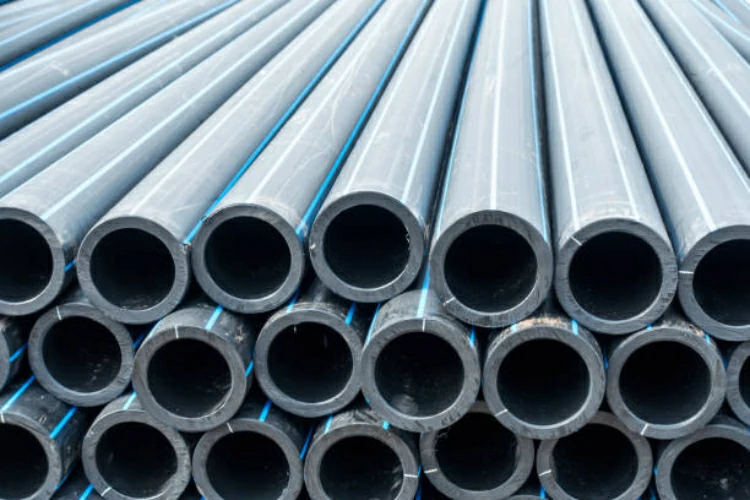
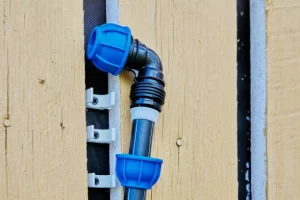
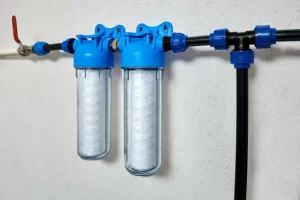
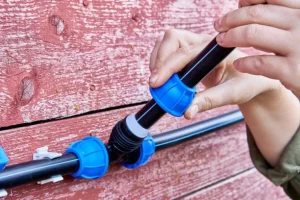
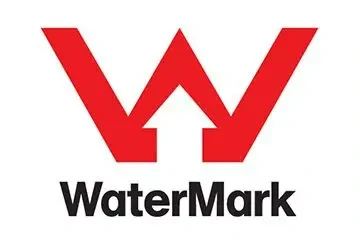

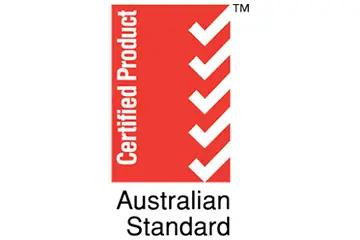





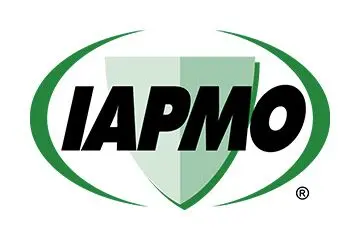
Recent Comments